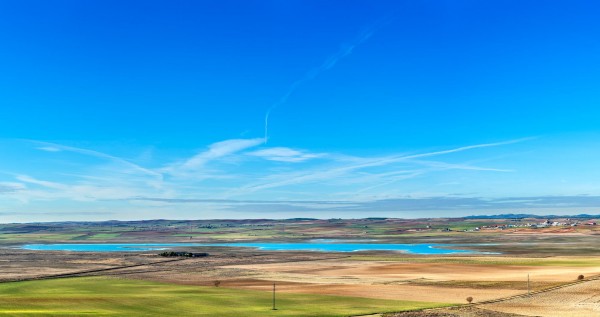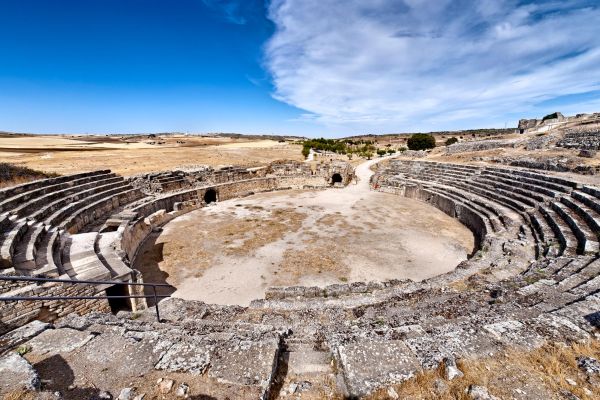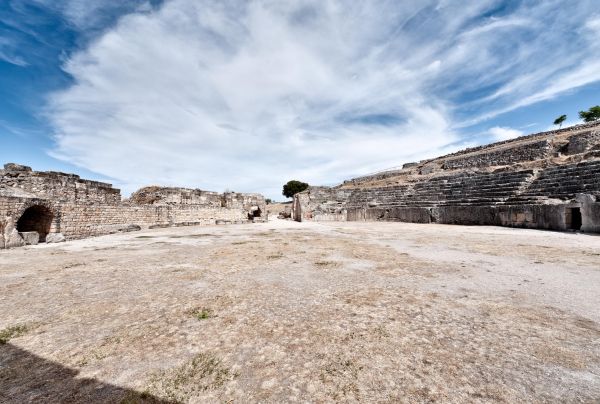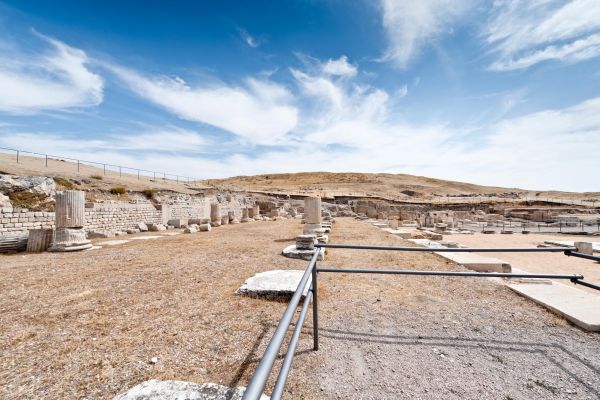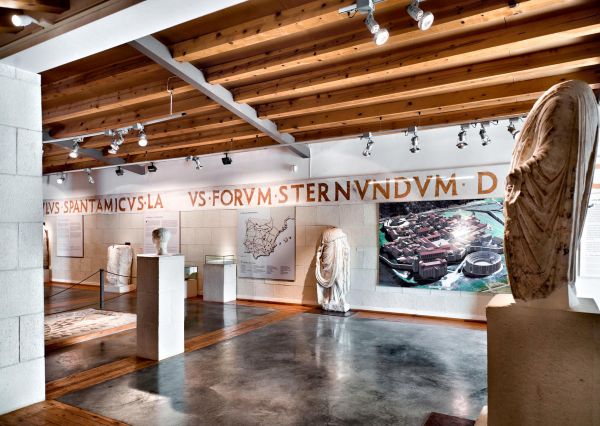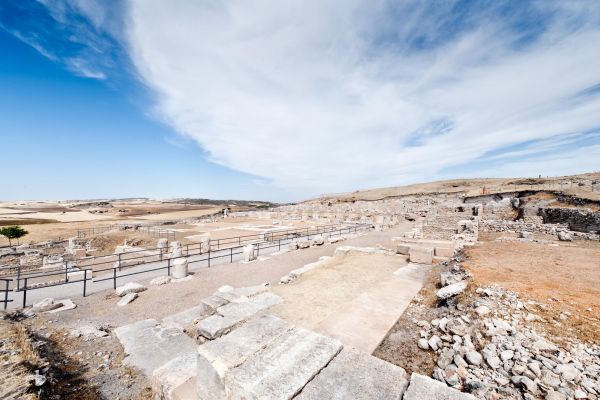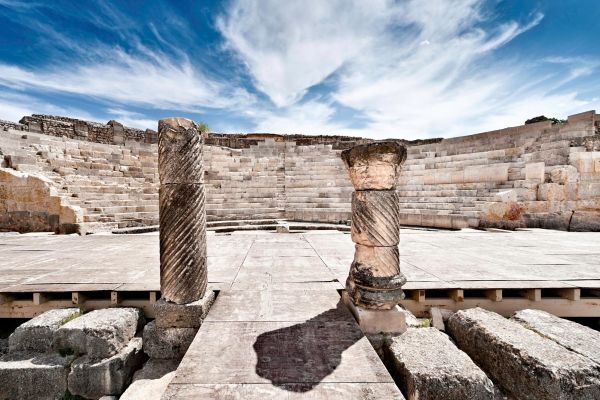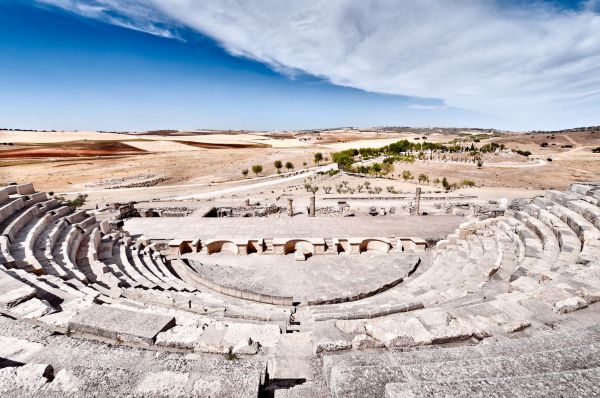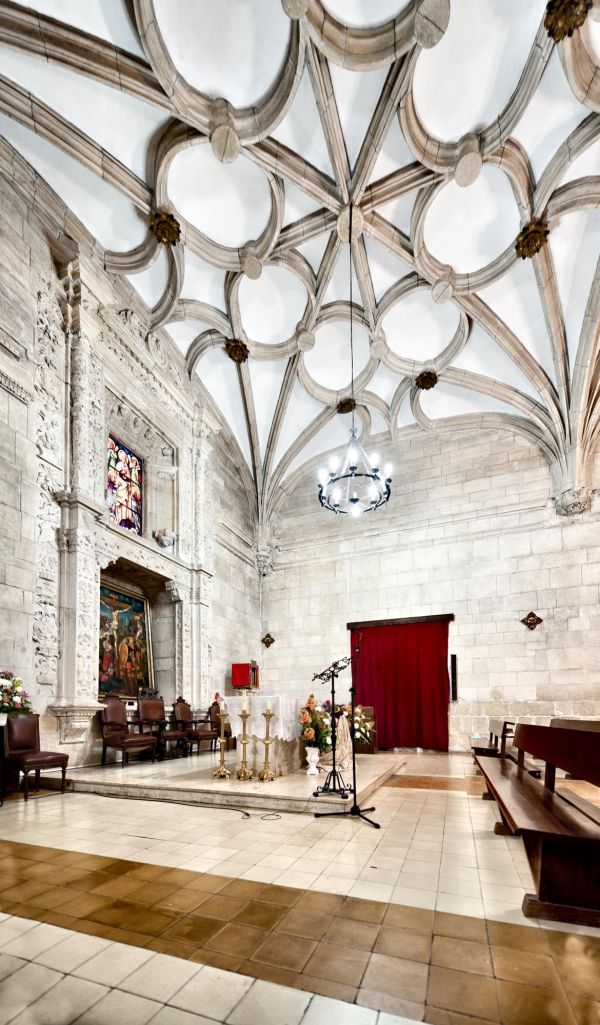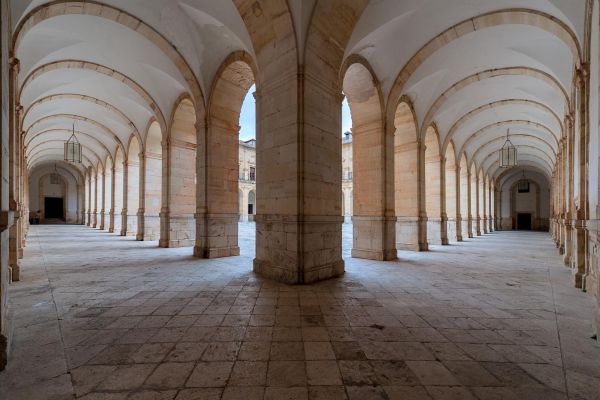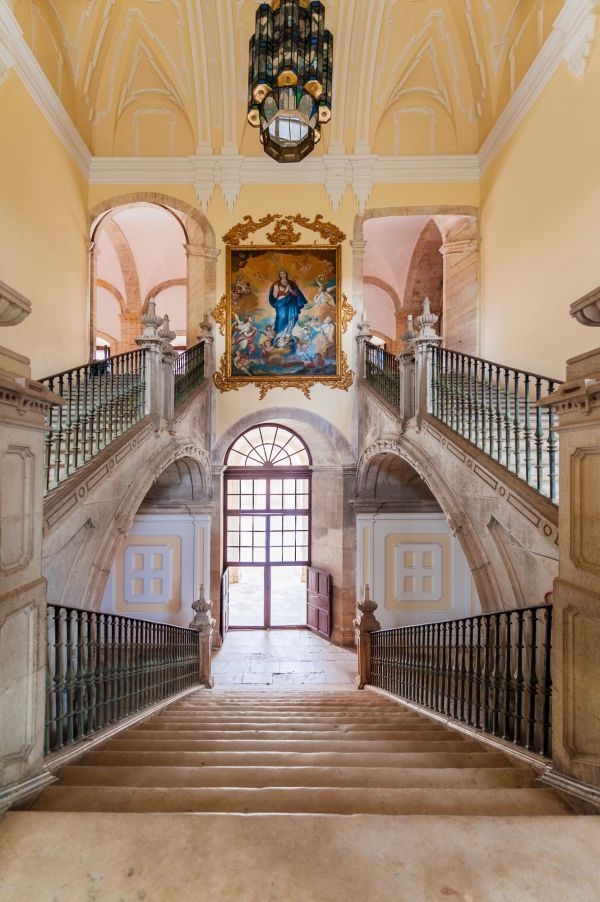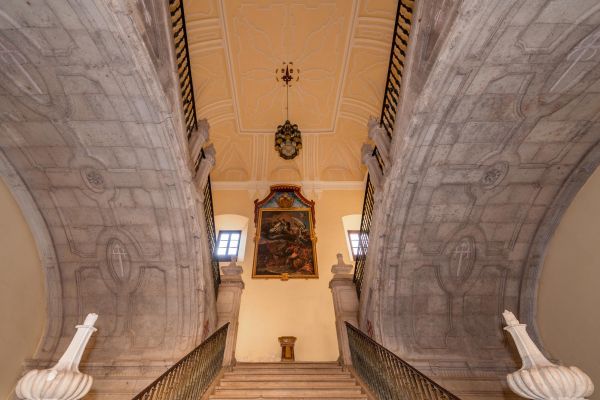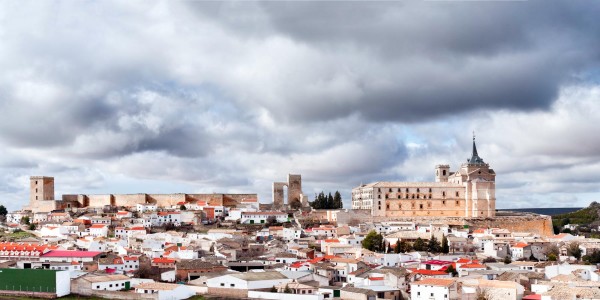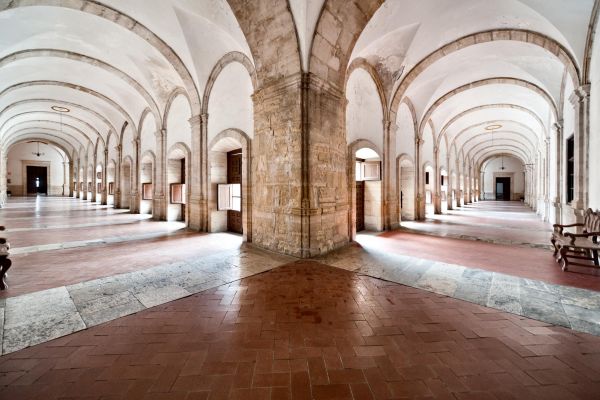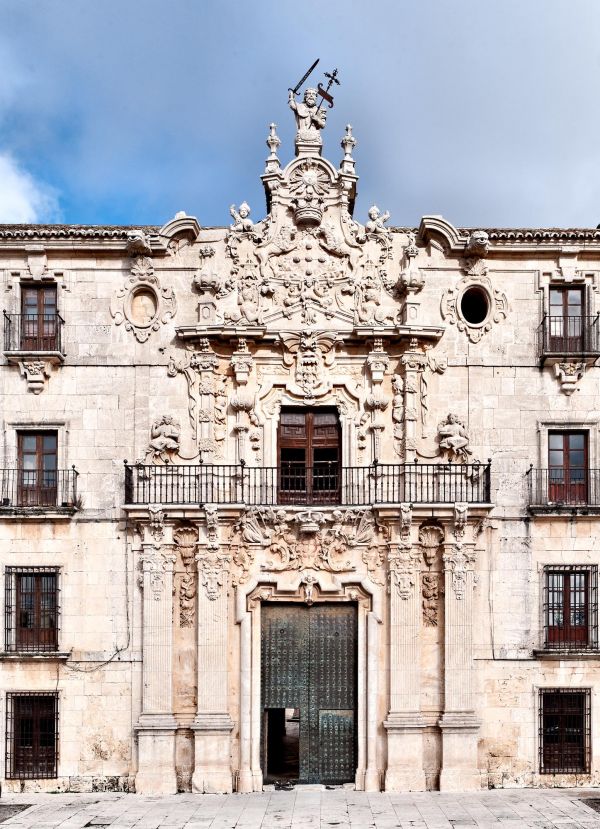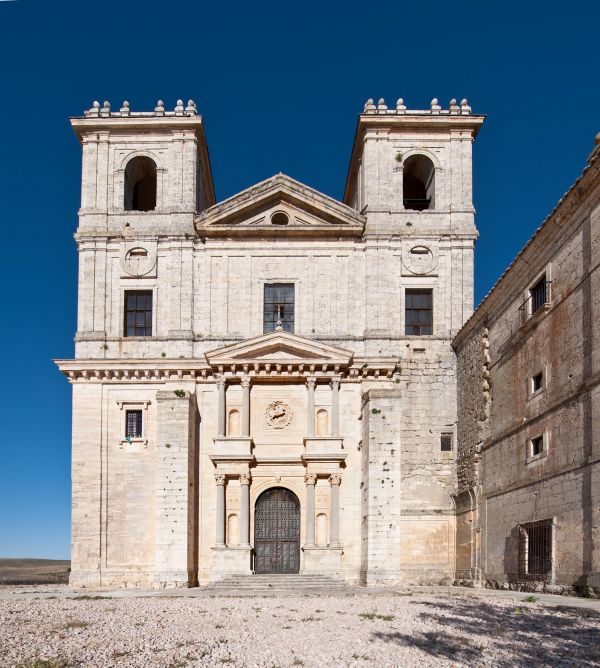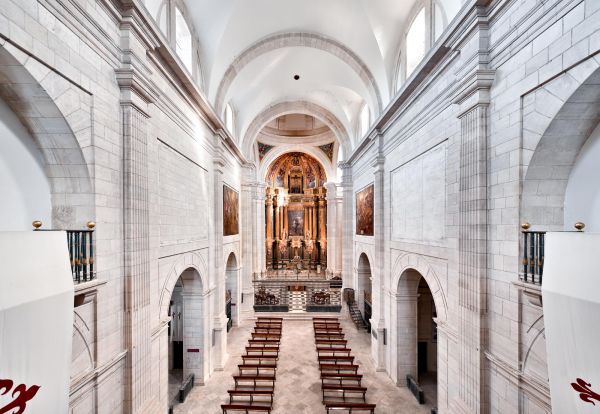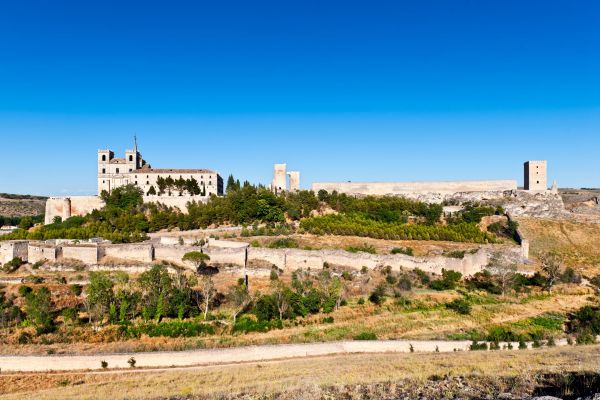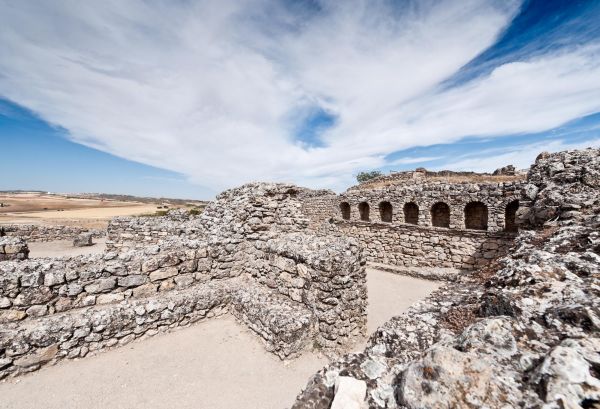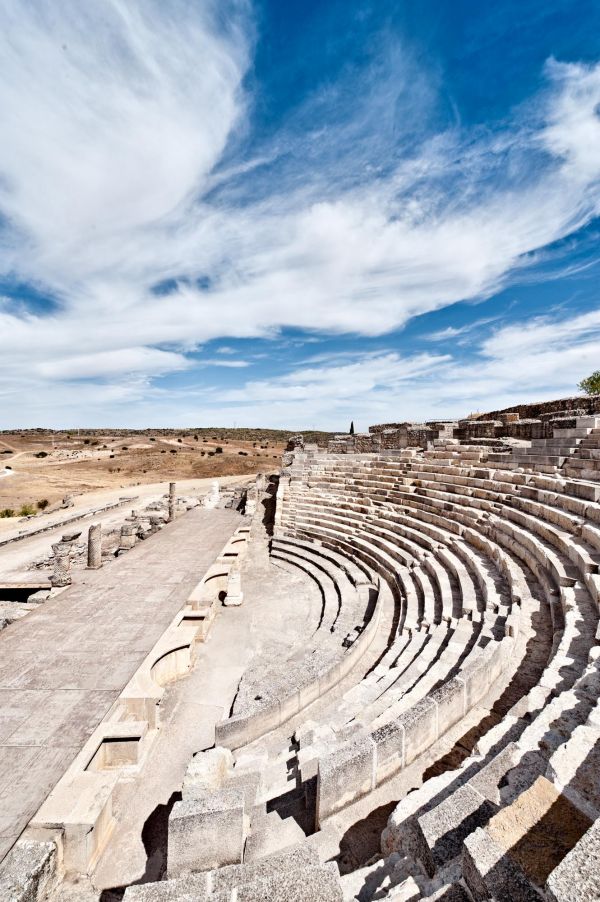From Segóbriga to Uclés. Rome and El Escorial, in La Mancha
Cuenca
From Huete to Cuenca, this journey is perfect as a day trip.
The Roman city of Segóbriga, in Saelices, is one of the best preserved in Spain. A visit sheds plenty of light on Rome and its empire. The lapis specularis, abundant in the local mines and highly prized in Rome as glass for windows and decoration for festivities, seems to be the main reason behind its development and growth. Its strategic position, between Cartago Nova, the Mediterranean gateway, and Toletum, was also an important factor. Segóbriga even had a theatre, amphitheatre, used for large festivals, public baths, temples for the imperial cult, markets, etc. until it became a reference point in Meseta for Roman-style city life. Nowadays, significant, well-preserved remains of such greatness are still on display. The aqueduct, necropolis, city, theatre, wall and main door can be visited, as can the forum cryptoportico, the theatre springs, the basilica, forum, the basilica classroom, the monumental baths, the acropolis, the home of the mining attorney, the amphitheatre, circus and Visigoth basilica.
If we have time on our hands, close by there is the El Hito Lagoon Nature Reserve, a unique wetland: around 10,000 examples of the common crane can concentrate here, above all in two seasons, around the month of November, in the southerly migration, and towards the end of February and early March, during the journey north. There is a bird observatory and an interpretative, air-conditioned path for visits, signposted with a series of interpretative signs, which takes around 1 hour.
Uclés is 13 km from Segóbriga, and here, we can take a break and have lunch. Several of the details revealing Uclés to be a typically Castilian town depict Arabic traces, Jewish tints and Christian structures, with all styles represented. The stately homes, the old Granary or the town hall building, the former Fuente de los Cinco Caños (Fountain with Five Spouts), opposite the Puerta del Agua (Water Gate), stand out among the civil architecture.
However, the clear reference that gives Uclés its identity is the impressive monastery, which dominates the profile, and is the source of its nickname of Escorial de La Mancha, which hides behind its walls an architectural and artistic jewel of unparalleled beauty in the region. The works began under the reign of Charles V, in 1529, and ended centuries later, in 1735, during Philip V’s reign. Enrique Egas, Francisco de Luna, Francisco de Mora and Pedro de Ribera participated in its construction.
May also be of interest to you
Castilla-La Mancha Tourism in 2023. All rights reserved.
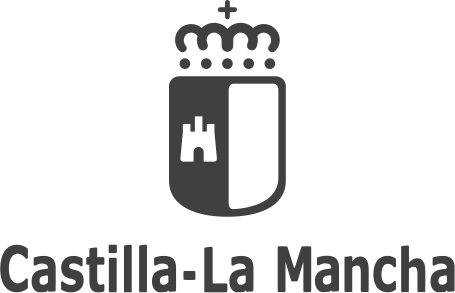
 365
365


